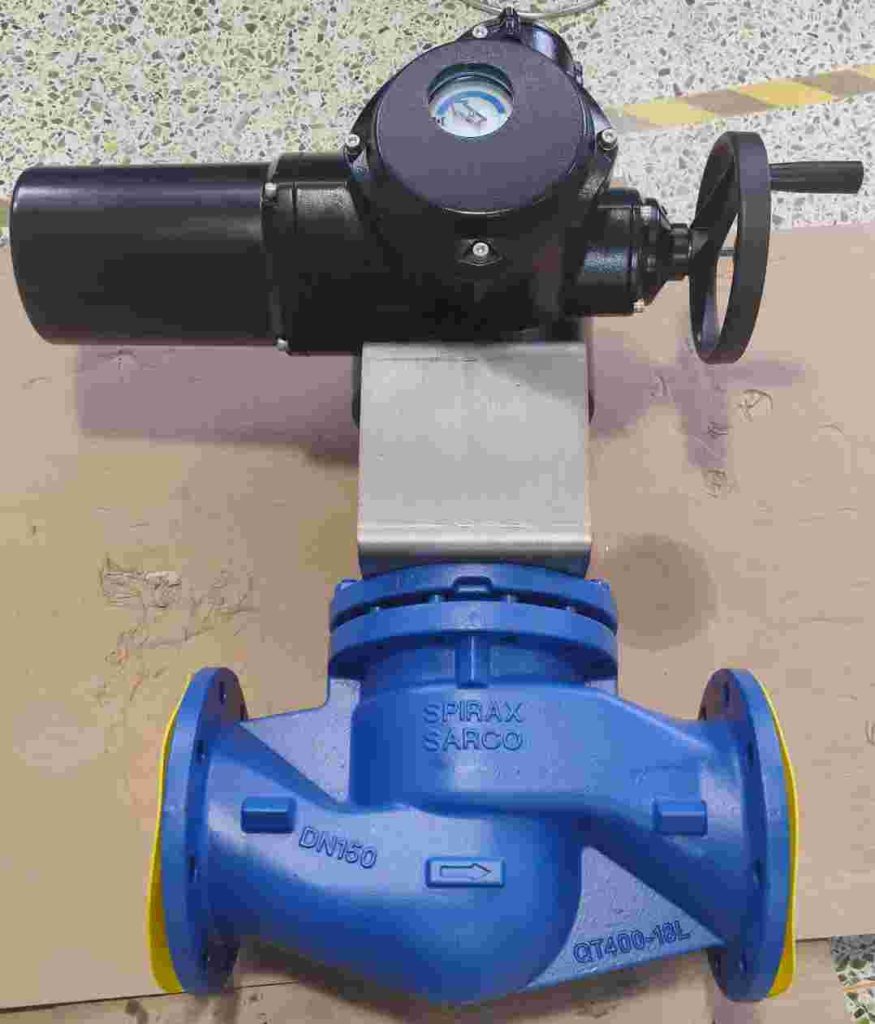Electric globe valves are critical components in various industrial and commercial applications, designed to regulate fluid flow efficiently. As a specific type of valve, they feature a spherical body and a disc that moves perpendicularly to the flow of fluid, allowing for precise control over the fluid’s passage. This article delves into the functionality, advantages, and applications of electric globe valves, highlighting their importance in modern systems.

Functionality of Electric Globe Valves

Electric globe valves operate through an electric actuator that controls the movement of the valve disc. When the actuator receives a signal from a control system, it adjusts the position of the disc, which can either allow or restrict flow through the valve. This mechanism enables the valve to perform two primary functions: throttling and on-off control. The design of a globe valve features an internal baffle that causes a change in the direction of the fluid flow. This design is instrumental in providing a high level of control over flow rates, making electric globe valves particularly suitable for applications requiring precise regulation. The flow characteristics of a globe valve can be described as linear, which means the change in flow rate is proportional to the valve’s opening. This feature is crucial in processes that require exact flow measurements.
